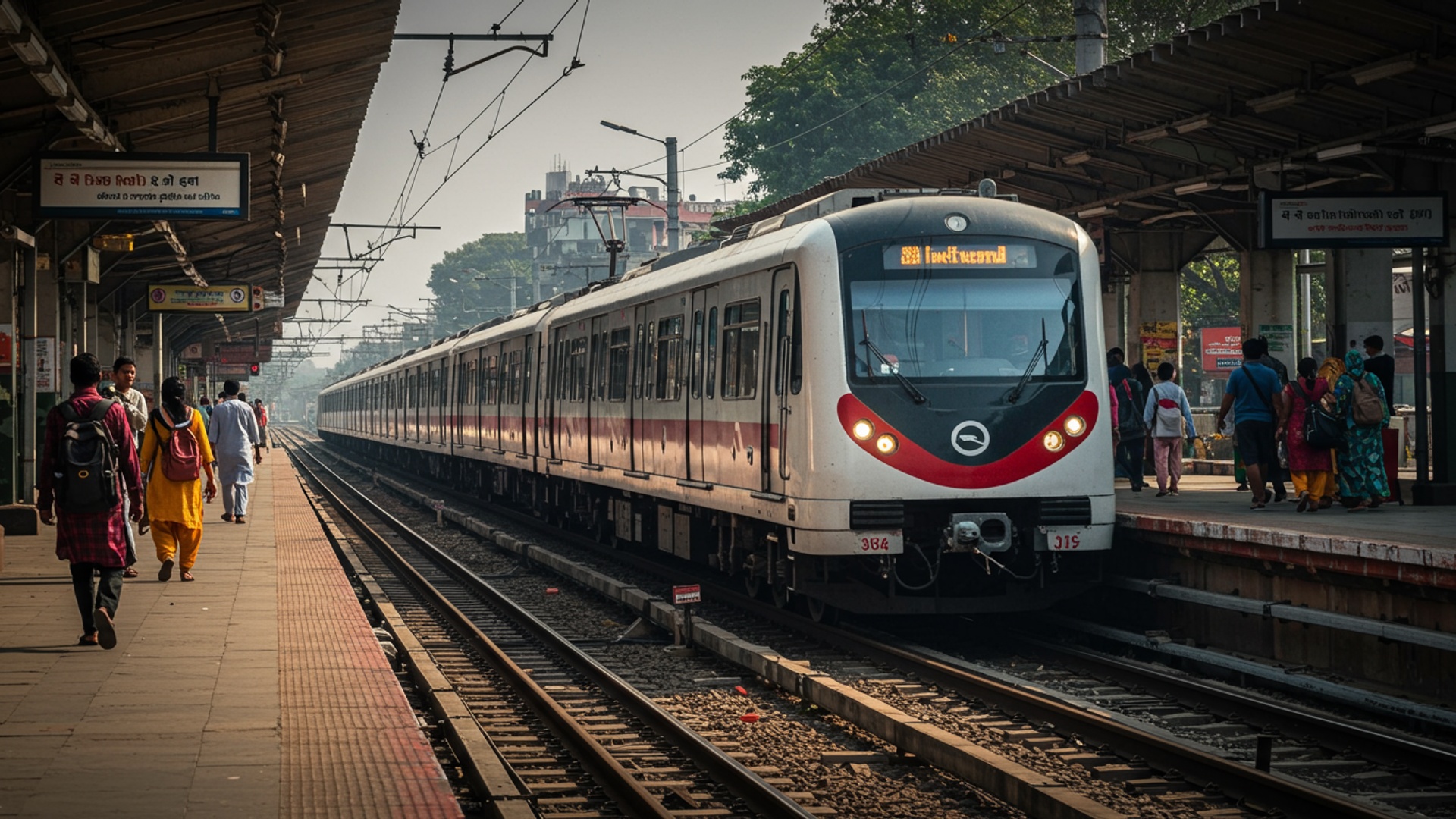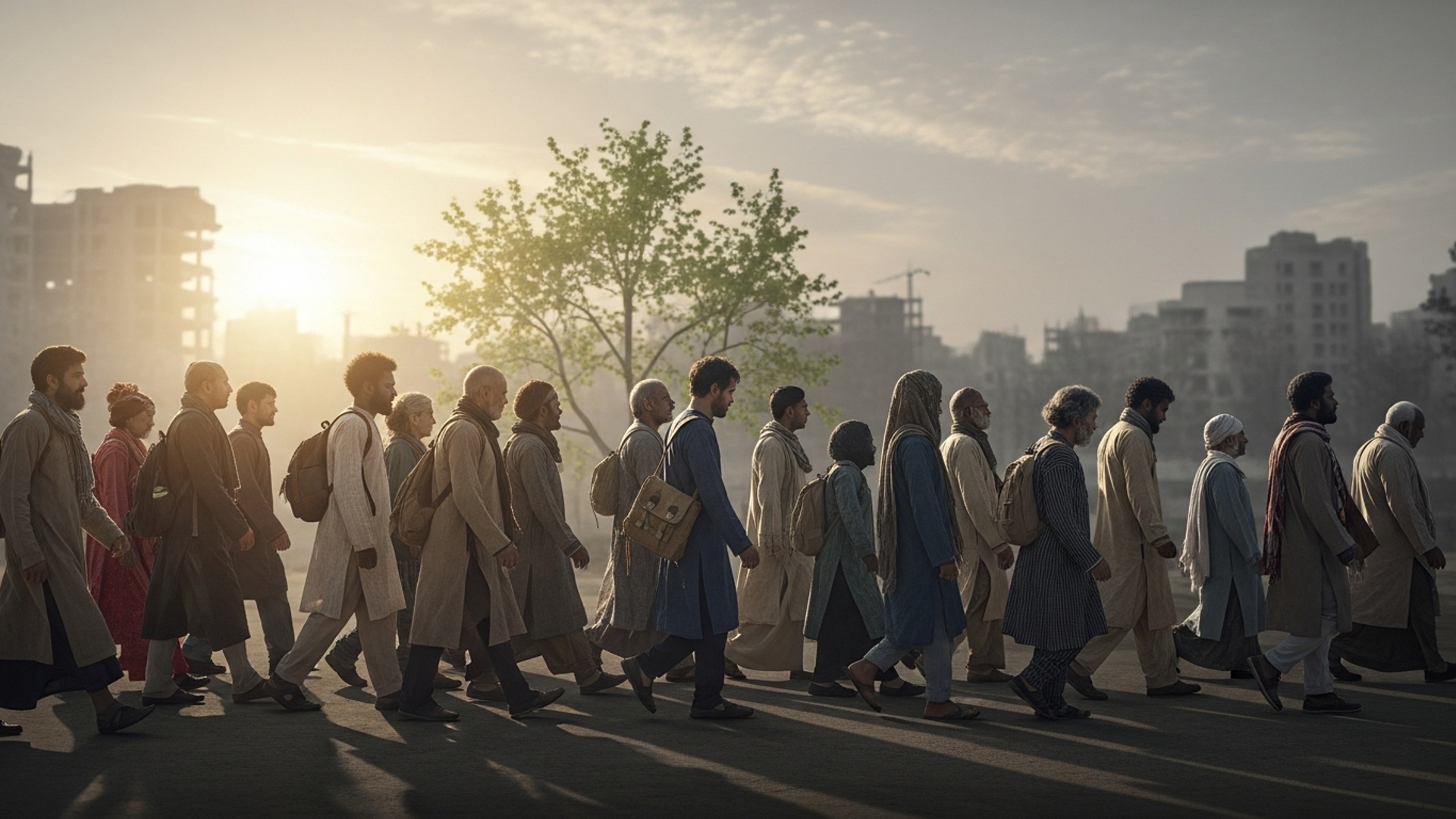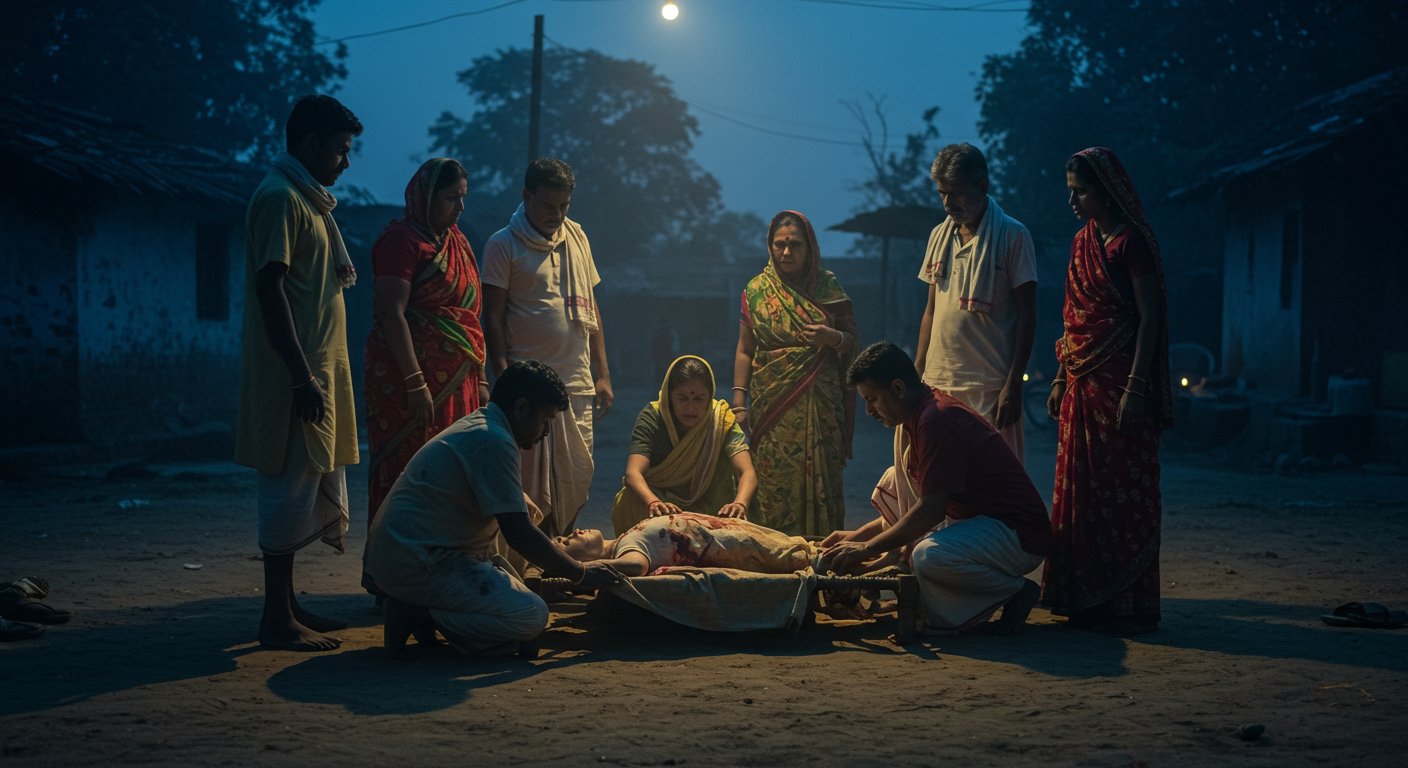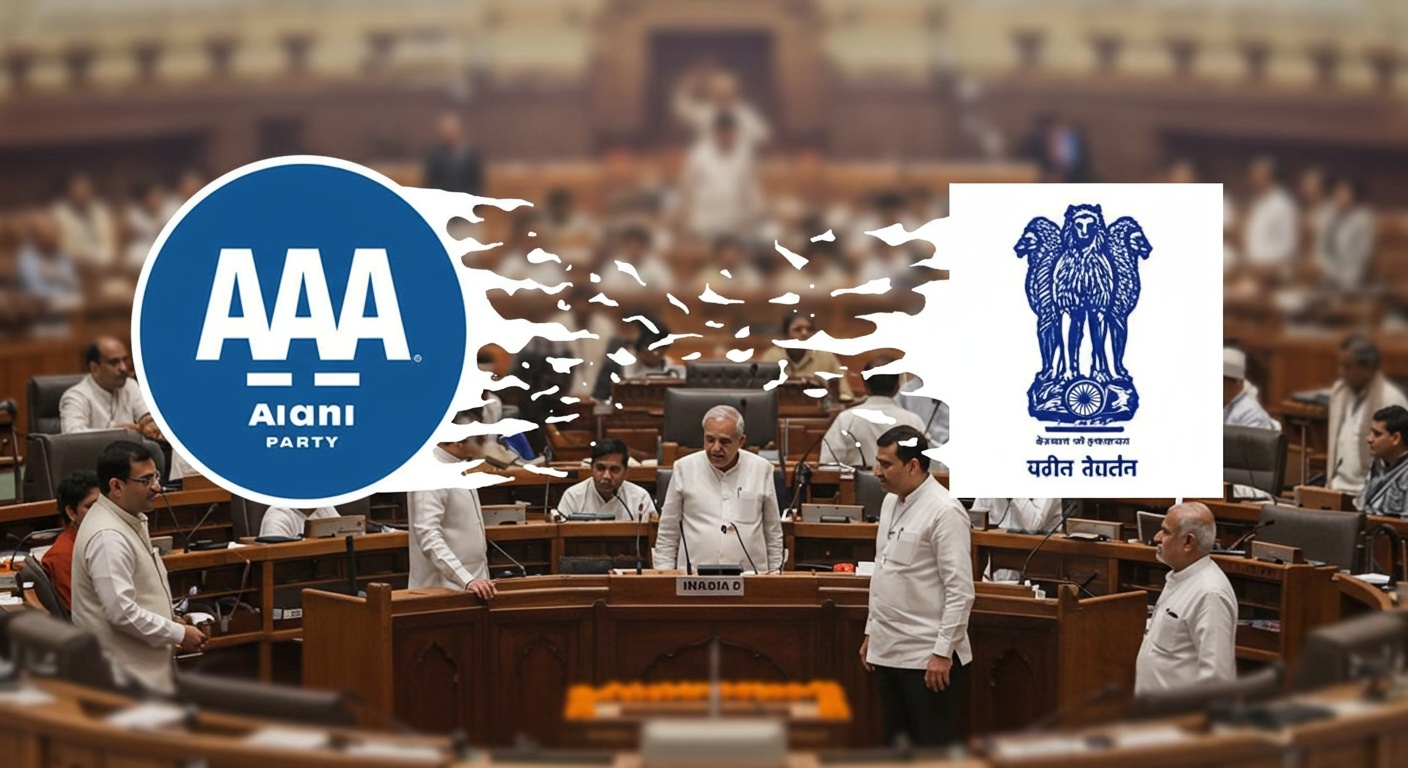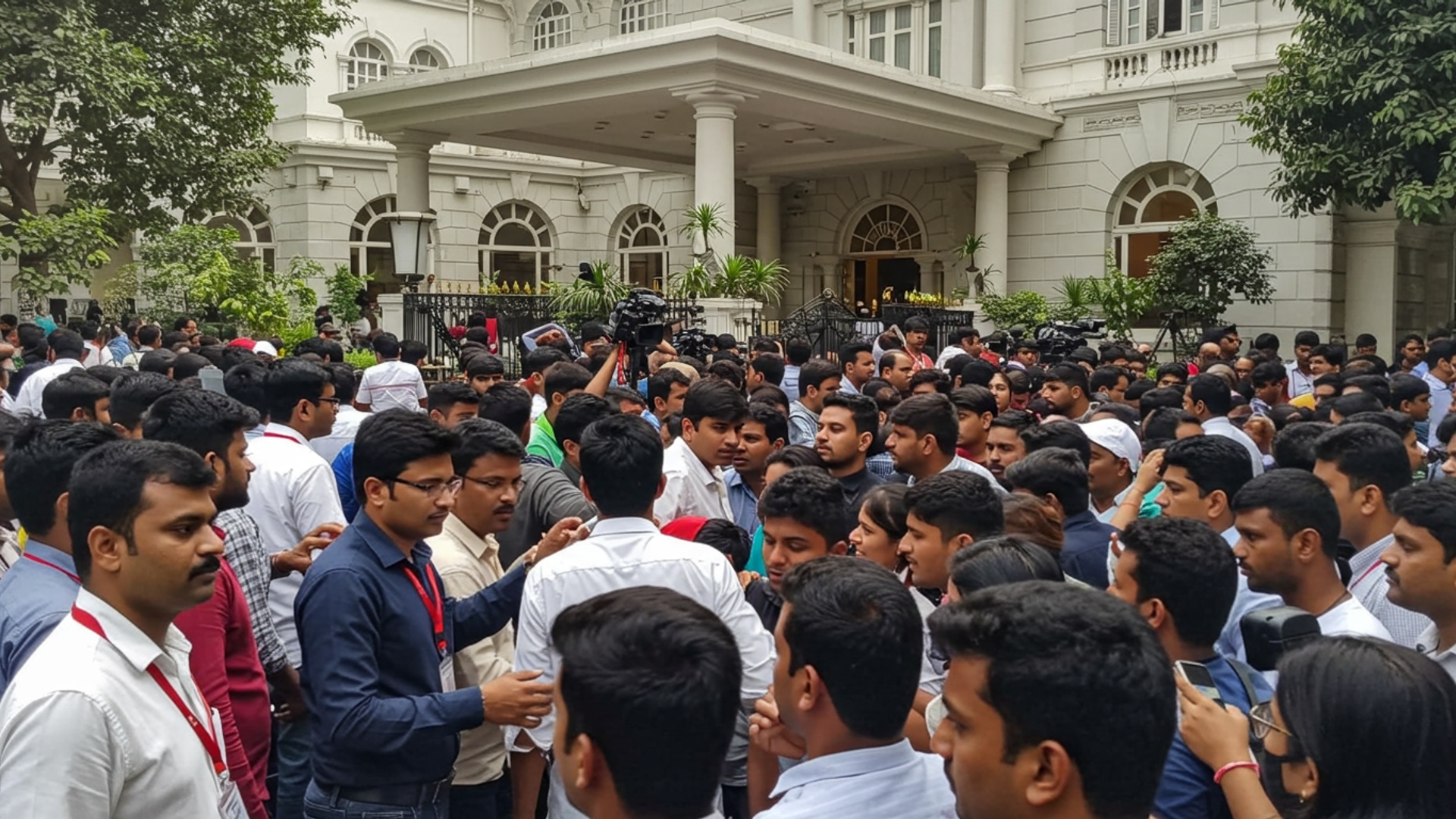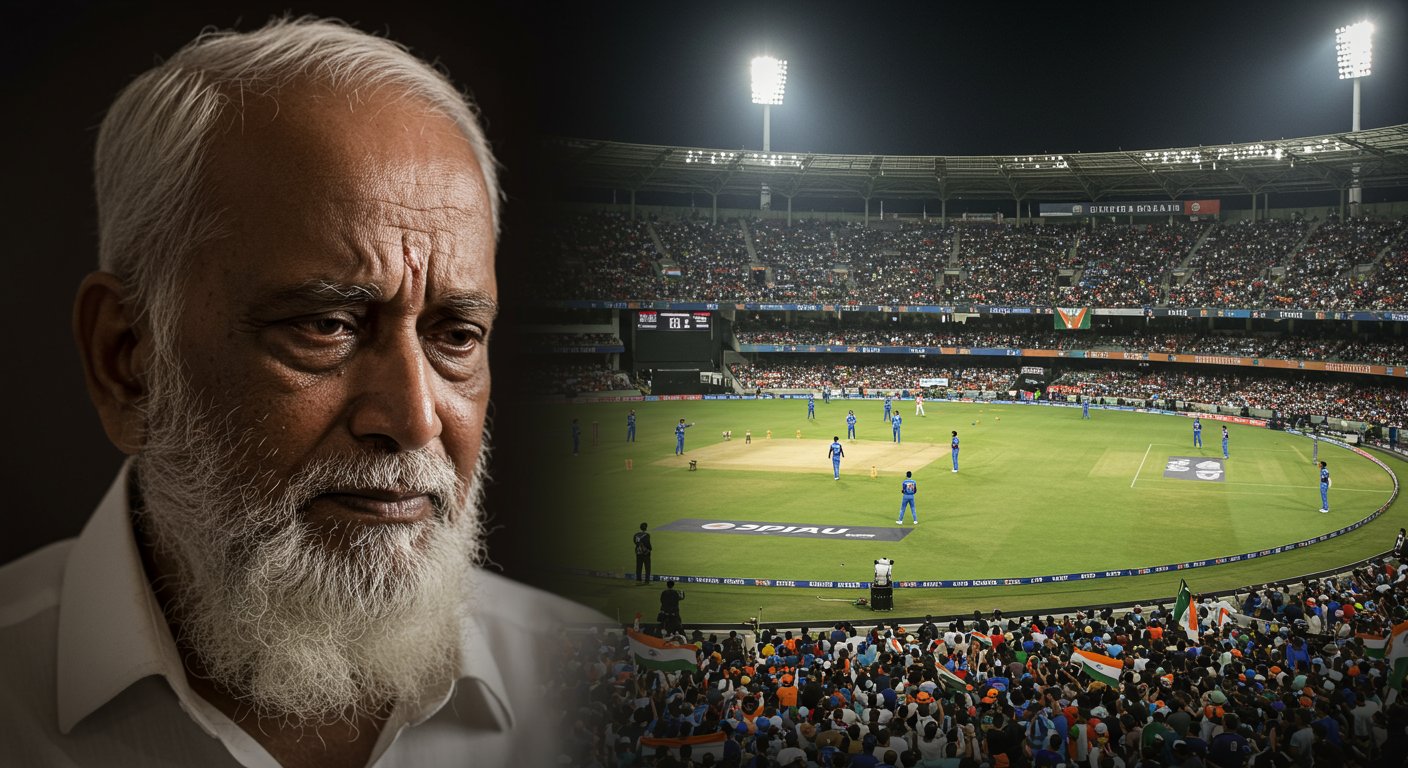A major boost for city travel is coming to Lucknow. The cabinet has just given its full approval for the Lucknow Metro expansion, a move set to transform how people move across the growing city. This vital decision means new metro lines will soon reach more neighborhoods, promising faster and easier journeys for thousands of daily commuters. This action directly meets the need for better public transport, aiming to greatly connect more areas and cut down on travel time for everyone.
New Metro Line Approved for Lucknow
The Union Cabinet has given its approval for a significant expansion of the Lucknow Metro network. This decision, made on Tuesday, August 12, 2025, marks a major step forward for public transportation in the city. The project, known as Phase-1B, will add a new metro line designed to connect crucial areas, aiming to make travel easier and faster for many people across the state capital.
This new metro line is a core part of Lucknow’s larger strategy to improve how its residents and visitors navigate the city. It specifically addresses the need for better transport in parts of Lucknow that have historically lacked modern connectivity. The approval is expected to play a crucial role in easing the heavy traffic on existing roads and providing an efficient, modern alternative for daily commutes.
Officials believe this expansion will not only serve the immediate transport needs but also lay a foundation for future urban development and growth in Lucknow. The decision highlights a commitment to creating a comprehensive and integrated public transport system.
Connecting vital City Areas
The newly approved metro line is officially known as the East-West Corridor or Line-2. It will extend over a length of 11. 165 kilometers, creating a vital link between Charbagh and Vasant Kunj. This route is strategically planned to cover numerous key points within the city, thereby enhancing overall urban mobility.
The corridor will feature a total of 12 new metro stations. Out of these, seven stations will be built underground, covering a stretch of 6. 879 kilometers. The remaining five stations will be elevated, spanning 4. 286 kilometers. This combination of underground and elevated sections allows the metro line to smoothly pass through densely built areas and open spaces.
A key focus of this expansion is to extend modern metro services into some of Lucknow’s oldest and most crowded areas. These parts of the city have long faced challenges due to limited access to efficient public transport. The new line aims to bring world-class transit directly to these localities.
The route will connect several crucial destinations, making daily travel and access to essential services much more convenient:
- Commercial hubs such as Aminabad, Yahiyaganj, Pandeyganj. Chowk, which are bustling centers of trade and business.
- Critical healthcare facilities, most notably King George’s Medical University, ensuring easier access for patients and medical staff.
- Major tourist attractions including Bara Imambara, Chota Imambara, Bhool Bhulaiya, Clock Tower. Rumi Darwaza, which will boost tourism by providing seamless connectivity.
- Well-known culinary destinations famous for Lucknow’s rich and historic food culture, allowing more people to experience the city’s unique flavors.
This comprehensive coverage is expected to provide a smooth, safe. world-class urban transit system, improving daily life for both local residents and visitors.
Project Cost and Expected Time
The estimated total cost for the construction of this new metro line is Rs 5,801 crore. This substantial financial commitment underlines the scale and importance of the project for the state capital’s infrastructure development. The project is targeted for completion within five years from the commencement of construction activities.
The Union Cabinet, chaired by Prime Minister Narendra Modi, has approved Phase-1B of the Lucknow Metro Rail Project in Uttar Pradesh. The new corridor will stretch 11. 165 km and include 12 stations, seven underground and five elevated. With its completion, Lucknow will have a total operational metro network of 34 km.
Upon the successful completion and operation of Phase-1B, Lucknow’s entire metro network will expand significantly. The city will then boast a total operational metro network of approximately 34 kilometers. This expansion will considerably enhance the public transportation options available to the city’s growing population.
The project’s financing is a combination of central and state government contributions, along with potential external aid. This ensures that the necessary funds are in place to proceed with the construction without major delays, emphasizing a joint effort to deliver this crucial infrastructure.
Benefits for People and City
The expansion of the Lucknow Metro through Phase-1B is set to bring about numerous positive transformations for the city and its residents. A primary and immediate benefit is the expected reduction in traffic congestion, particularly in the historically dense areas of Old Lucknow. By offering a high-capacity alternative to road travel, the metro will significantly ease the burden on heavily used roads.
This reduction in road traffic will directly lead to shorter travel times for daily commuters, making their journeys more predictable and less stressful. It will also contribute to improved overall road safety within the city.
From an environmental perspective, the metro expansion is a step towards a greener urban future. By providing an eco-friendly mode of transport, it will help in cutting down carbon emissions, which are a major concern with fossil fuel-based vehicles. This promotes cleaner air and a more sustainable city environment.
Economically, the project is anticipated to be a catalyst for growth. Enhanced connectivity to crucial transport hubs like the airport, railway stations. major bus depots will improve productivity by allowing people to reach their workplaces and other destinations more efficiently. This improved access is also expected to stimulate local businesses, especially in areas near the new metro stations. attract new investments to previously less accessible regions of the city.
Moreover, the project aims to promote greater social inclusion. By offering an affordable, reliable. accessible public transport system, it will benefit diverse socio-economic groups. This can reduce disparities in travel options and ensure that more people have equal access to essential services, educational institutions. employment hubs, thereby enhancing the overall quality of life for all residents.
The metro’s ability to connect various parts of the city seamlessly is poised to transform urban mobility, supporting economic growth, fostering tourism. promoting environmental sustainability.
Steps Taken So Far and What’s Next
The Union Cabinet’s approval marks the final major governmental clearance at the national level for the Lucknow Metro Phase-1B project. This approval follows a series of earlier clearances and recommendations. The Detailed Project Report (DPR) for this East-West Corridor was first approved by the Uttar Pradesh Government in March 2024. Subsequently, it received Network Planning clearance in July 2024. In May 2025, the Public Investment Board (PIB) recommended the project for final approval, paving the way for the Cabinet’s decision.
With the final nod from the Central Government, the focus will now shift to the implementation phase. The tendering process for construction contracts is expected to begin shortly. The Uttar Pradesh Metro Rail Corporation (UPMRC) has already stated that it has undertaken initial groundwork to ensure a swift start to the construction, demonstrating readiness to expedite the project’s implementation.
The approval has been met with positive reactions from key leaders. Lucknow Member of Parliament and Defence Minister Rajnath Singh welcomed the decision, emphasizing its practical benefits for daily commuters.
Rajnath Singh stated, “The corridor expansion will be a boon for the daily commuters who face congestion in the old city area. I thank the Prime Minister for this progressive and people-friendly decision. I also thank the Chief Minister of Uttar Pradesh, Yogi Adityanath ji and Minister of Urban and Housing and Urban Affairs (MoHUA) Shri Manohar Lal for the proposed metro extension in Lucknow.”
Uttar Pradesh Chief Minister Yogi Adityanath also echoed this positive sentiment, describing the move as “transformative.”
Chief Minister Adityanath posted, “It is the result of the successful guidance of the respected Prime Minister Shri @narendramodi ji and your constant support that Uttar Pradesh is today moving on an unprecedented development journey… This approval of Phase-1B of the Lucknow Metro Rail Project, estimated at Rs 5801 crore, is a significant step towards redefining urban mobility, spurring economic development. strengthening infrastructure in the state capital.”
These statements underscore the widespread belief that this metro expansion is a crucial element in Lucknow’s ongoing urban development, poised to enhance connectivity and contribute to a sustainable future for the city. The project is expected to integrate seamlessly with the existing North-South Corridor at Charbagh Metro Station, serving as a key interchange hub and further streamlining the city’s public transport network.
![]()
